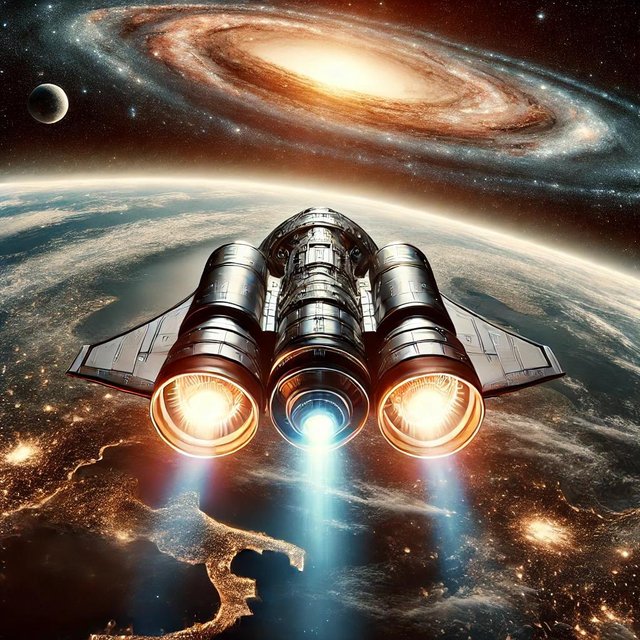The Future of Space Travel: From Rockets to Hyperspace

Introduction
Space travel has come a long way since the first rockets were launched into the sky. Today, we are exploring new technologies and ideas that could make space travel faster, safer, and more accessible. From reusable rockets to dreams of hyperspace travel, the future is full of exciting possibilities.
How Rockets Changed Space Travel
Rockets have been the foundation of space exploration since the 20th century. Innovations like reusable rockets, developed by companies such as SpaceX, have reduced the cost of launching payloads into space. This progress has made it easier to send satellites, explore planets, and even prepare for human missions to Mars.
Key Advances in Rockets:
- Reusable rocket boosters save millions of dollars.
- New fuels are making rockets more efficient and environmentally friendly.
- Rockets are now being built to carry larger payloads for deep space missions.
Space Tourism: The Next Step
Space tourism is becoming a reality, with private companies offering trips to the edge of space. Soon, ordinary people might get the chance to travel to low-Earth orbit. Companies like Blue Origin and Virgin Galactic are leading this charge, making space accessible to more people.
Beyond Rockets: Hyperspace and Warp Drives
Scientists and engineers are dreaming of technologies beyond rockets. These include:
- Ion Propulsion: Uses electricity and charged particles to move spacecraft.
- Nuclear Rockets: Could provide more power for deep space missions.
- Warp Drives: A theoretical idea that involves bending space and time to travel faster than light.
While hyperspace travel is still science fiction, researchers are exploring ways to make it a reality.
Challenges of Future Space Travel
Even with these advancements, space travel has many challenges:
- Cost: Developing new technologies is expensive.
- Safety: Protecting astronauts from radiation and microgravity is essential.
- Distance: Traveling to distant planets and stars takes a long time.
The Role of AI and Robotics
Artificial intelligence (AI) and robotics are revolutionizing space travel:
- AI Pilots: Can navigate and operate spacecraft with precision.
- Robots on Mars: Rovers like Perseverance are exploring other planets on our behalf.
- Space Maintenance: Robots may repair spacecraft and build structures in space.
The Vision for the Future
In the future, we might see:
- Permanent colonies on the Moon and Mars.
- Space hotels for tourists.
- Advanced propulsion systems for interstellar travel.
- Hyperspace-like technologies to explore the farthest reaches of the universe.
Quick Facts About Space Travel
- SpaceX’s Starship is designed to carry humans to Mars.
- NASA’s Artemis program aims to return humans to the Moon.
- Warp drives, though theoretical, are based on Einstein’s theory of relativity.
Conclusion
The future of space travel is bright and filled with possibilities. From the rockets of today to the hyperspace dreams of tomorrow, humanity is on an incredible journey to explore the universe. With continued innovation and collaboration, the stars are closer than ever.
Upvoted! Thank you for supporting witness @jswit.
0.00 SBD,
1.16 STEEM,
1.16 SP